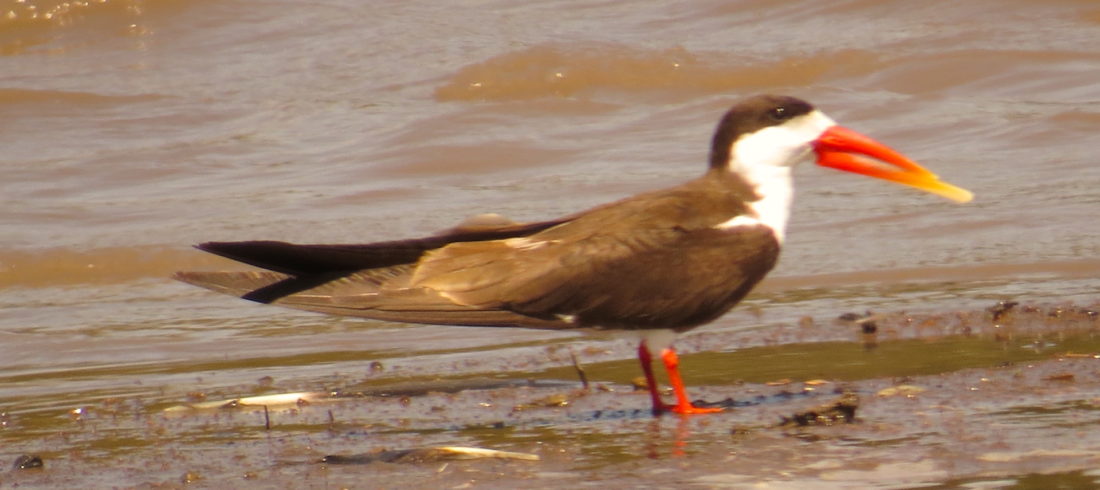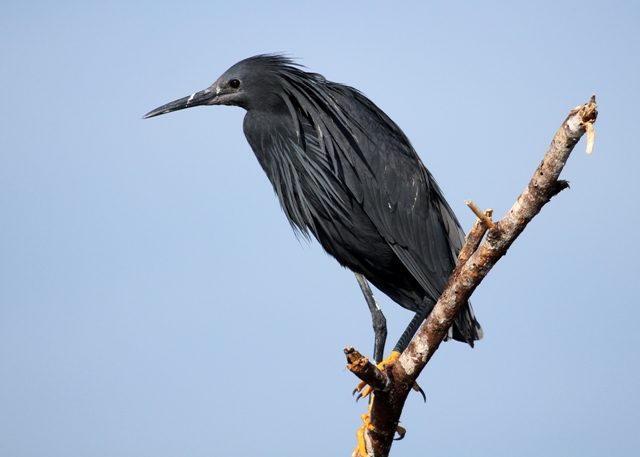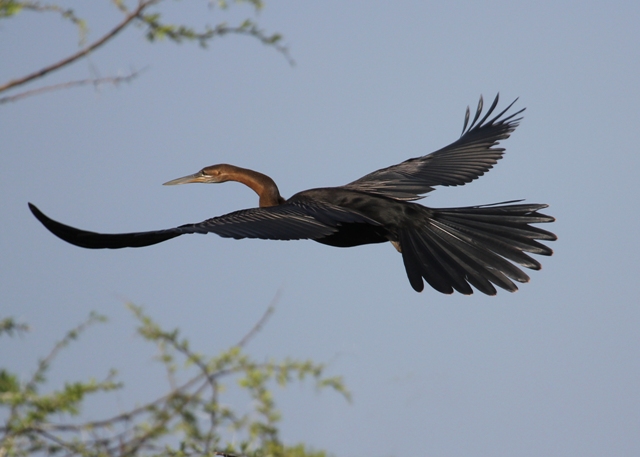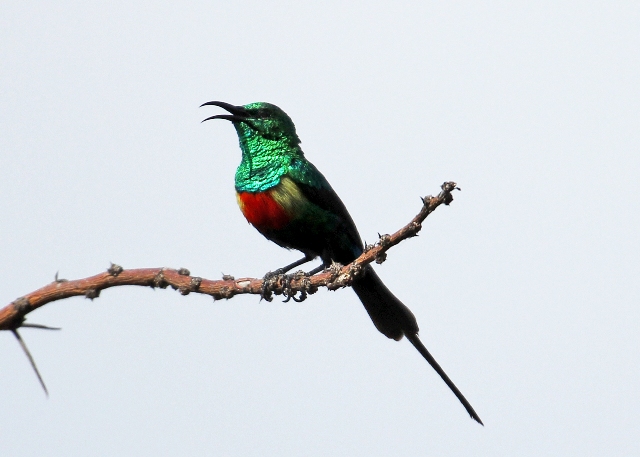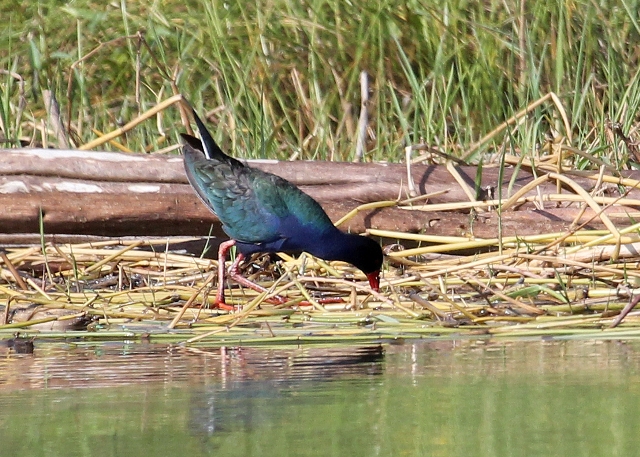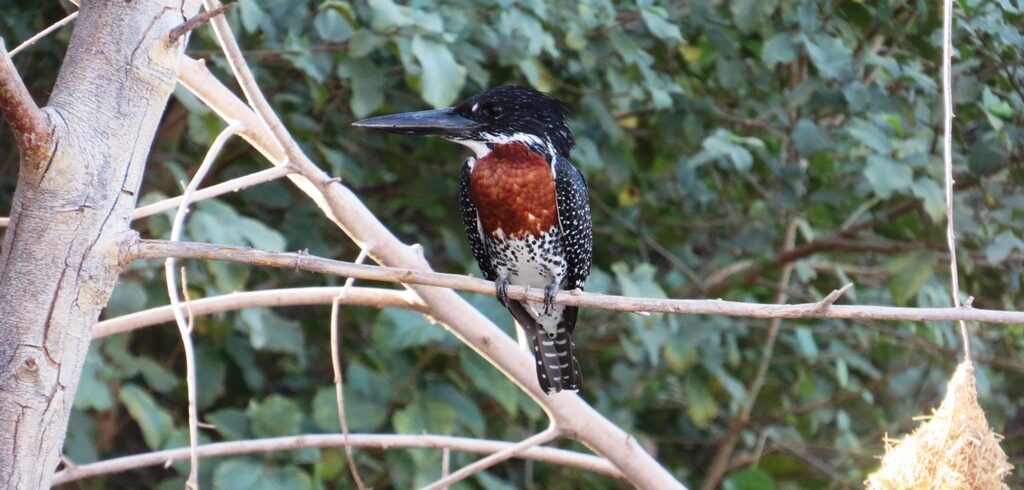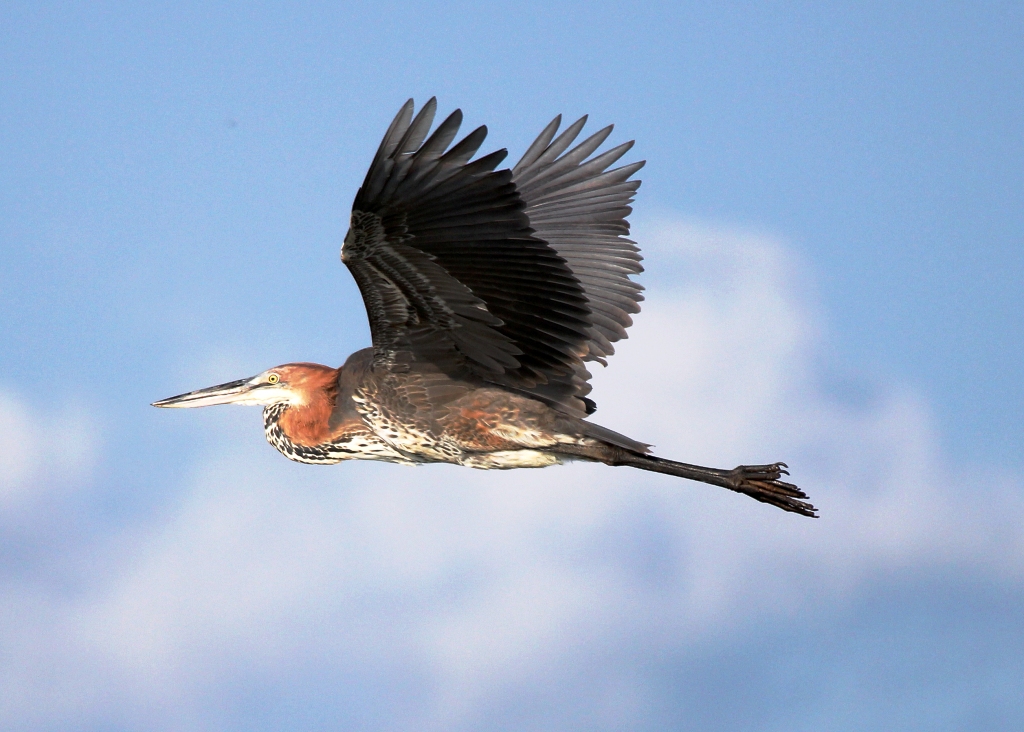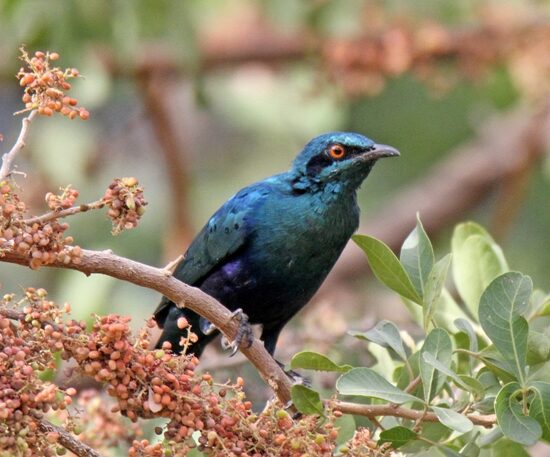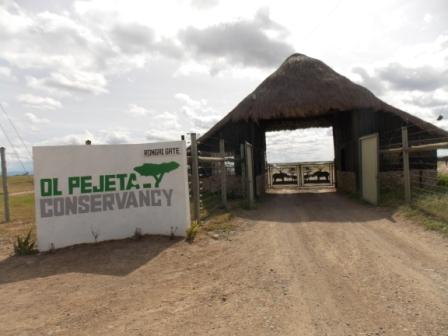Lake Baringo is named after the local word “Mparingo”, meaning lake. The lake is located in the Eastern Rift Valley in Kenya and is one of the seven inland drainage lakes within the Rift Valley drainage basin. The lake has a surface area of about 130 kilometers square (50 square miles) and drains a total area of 6,820 kilometers square

